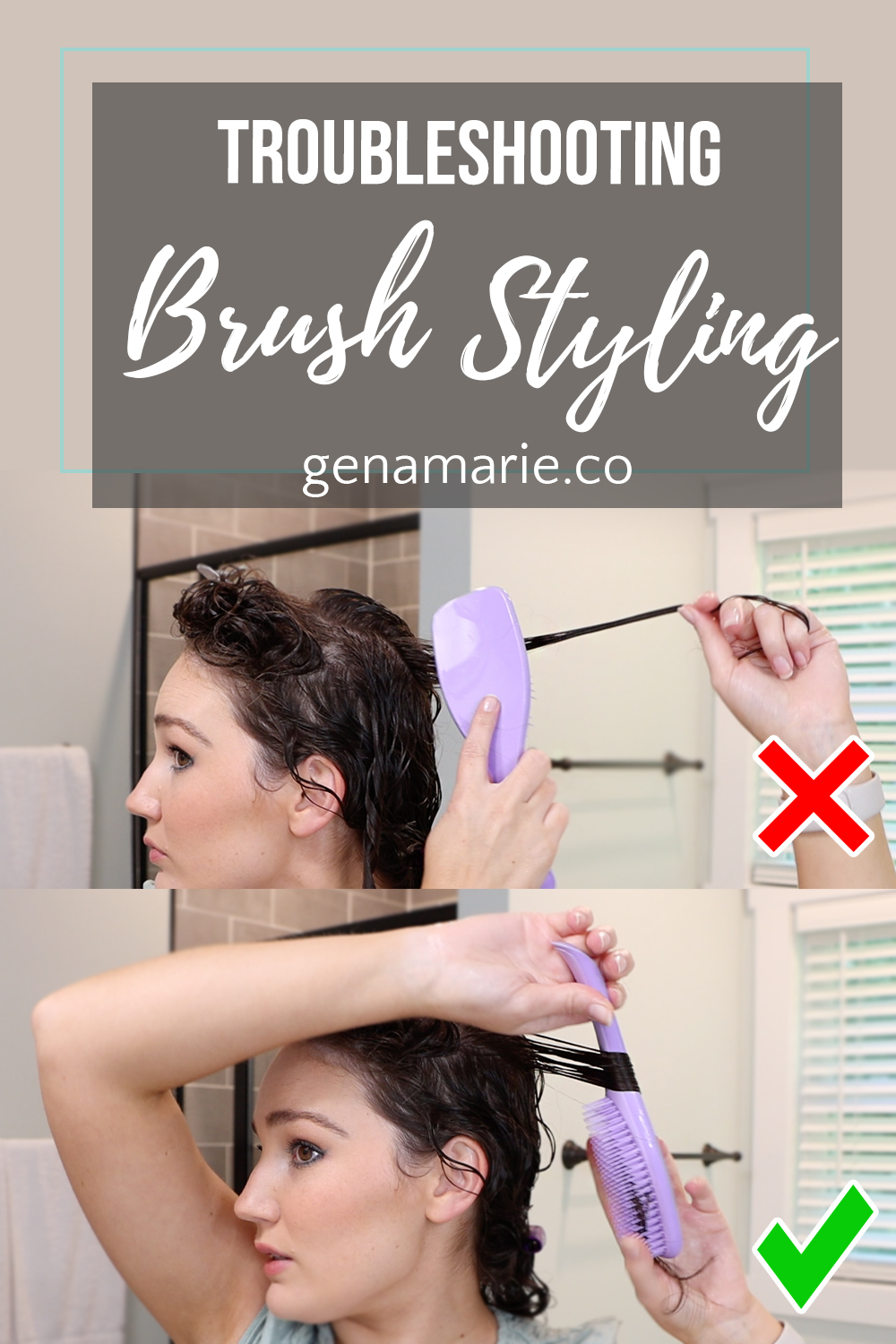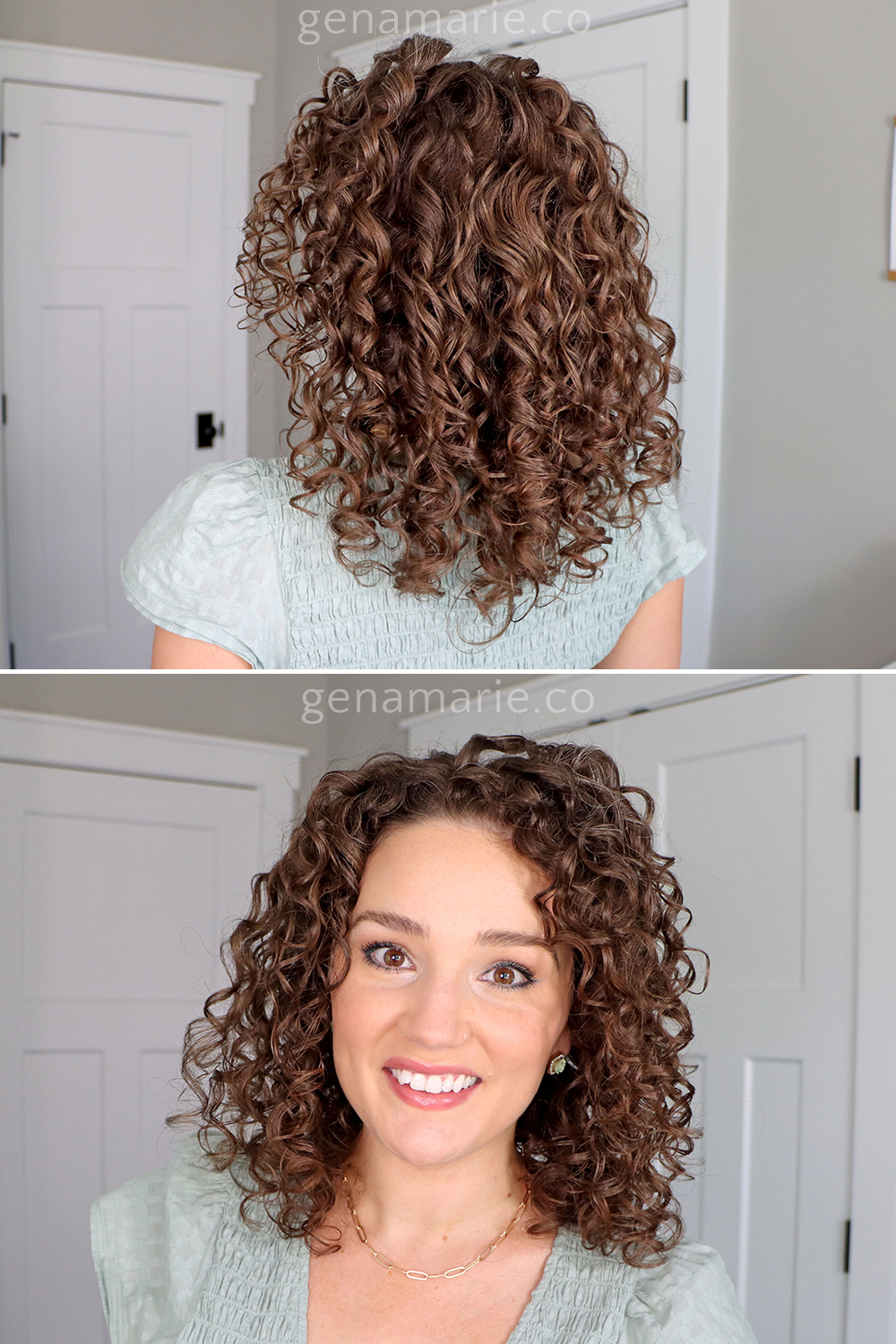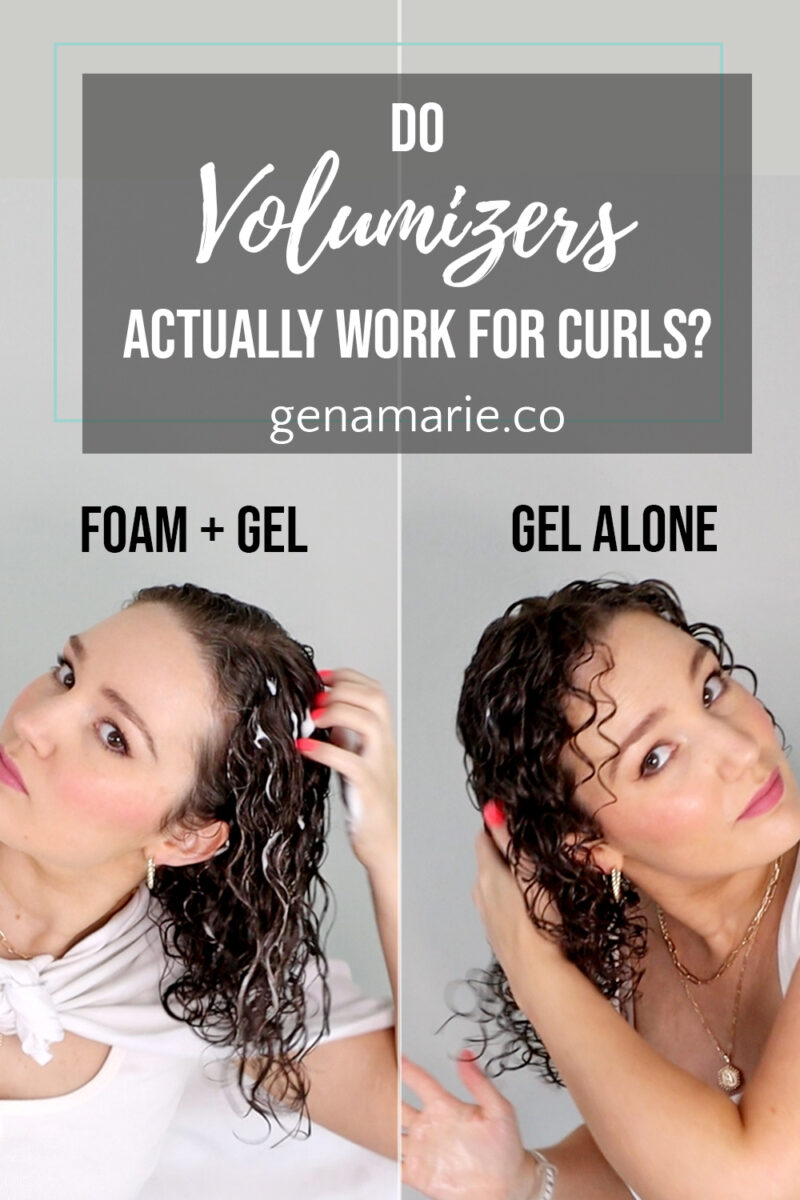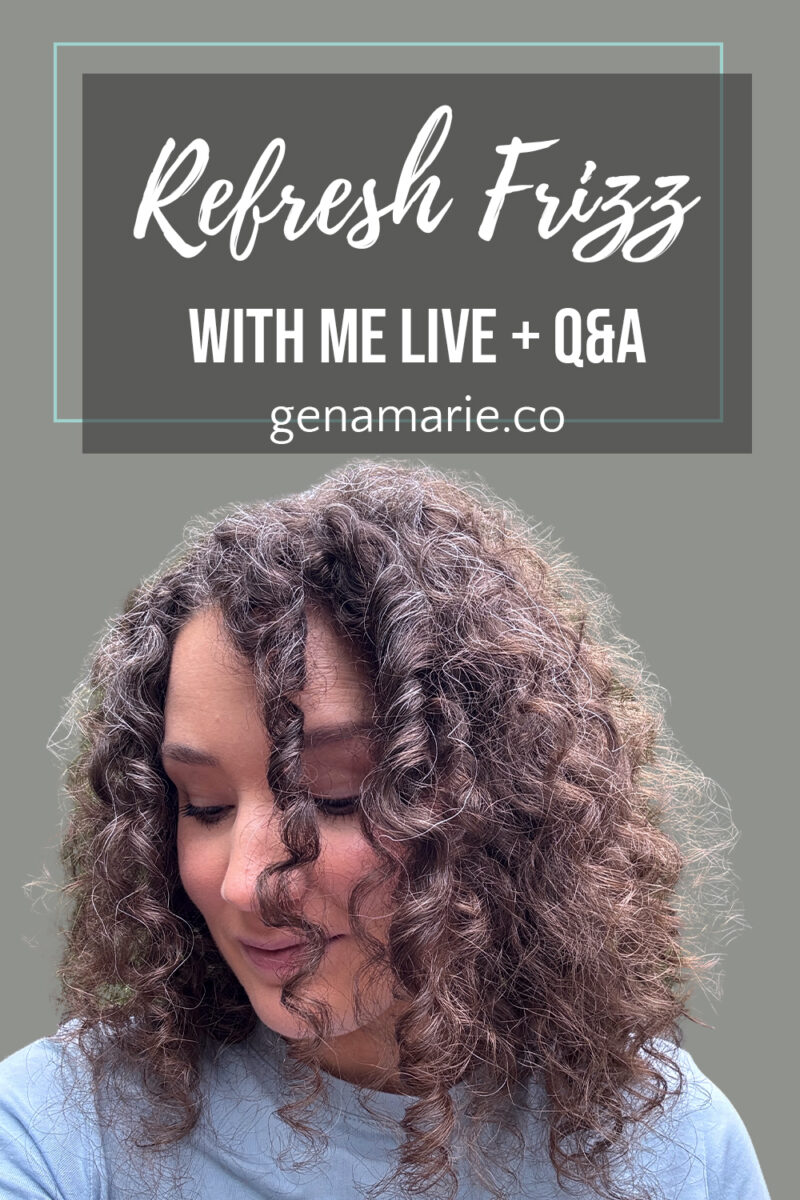
Curly Propaganda I’m Not Falling For + The Doux Mousse Review
If you’ve ever felt confused, overwhelmed, or even down because your wavy or curly hair routine doesn’t look like what people on the internet swear

Do you struggle with brush styling your curls? If you’re frustrated with this popular styling technique and you just cannot seem to get it to work for you, I’m here to help. I’m going to be covering 7 of the most common problems that you submitted and several solutions you can try.
On clean hair, apply curl cream and/or leave-in conditioner. Section hair and apply gel before brush styling if you want more frizz control and more definition. For a softer look, apply cream, then brush style, then glaze/scrunch in gel afterward.
There are two purposes of brushes with naturally curly hair:
The denser the bristles, the more tension, creating more “ribbon-like” ringlets. The more sparse the bristles, the less tension, creating more separation. For low-density hair, you may want more separation to achieve more fullness. However, if you have very fine hair that falls out of the brush, use a denser bristled brush. A denser bristle brush will also help with scalp covering. Denser bristles can cause more breakage so they’re not ideal for damaged hair.
Short-length hair may need a smaller-sized brush. Longer hair could use a larger-sized brush. For long hair, you can also try pinching the root to help you brush down the full strand.
The Briogeo Vegan Boar Bristle Brush is the densest type of brush because it has multiple layers of both short and long bristles. It’s great at creating ribbon-like curls and because of the plastic bristles, it won’t cause as much damage to the hair as natural boar bristles.
The Denman Brush is not ideal for detangling but is a great styling brush for multiple brush techniques, including brush coiling because of the rounded handle. The bristles have a medium density and you can even remove rows.
The Tangle Teezer Naturally Curly Detangler Brush is a good in-between brush because it can be used for both detangling and styling. It has dense bristles but the hair glides easily and doesn’t cause breakage. It has multiple bristle lengths so can create ribbon-like curls if you pick up larger sections and apply tension.
This is really trial-and-error and requires practice the more you brush style. Look at the way your curls naturally separate. It’s common to have varying curl patterns and changing directions.
This is the most common problem I hear from you all when trying to brush style. It’s important to understand that not everyone’s hair is meant to spiral. If you have naturally wavy or loose curls, brush styling may not do much for you other than smooth your hair. You cannot create ringlets that don’t exist naturally. Brush styling only enhances your natural curl pattern and encourages it to spiral more uniformly.
The more clumped your curls are, the less volume you may have. This is especially an issue with low-density or thin curly hair.
This happens when you don’t have enough hair in the brush, or your brush is not dense enough.
There’s no denying that brush styling requires more time in your routine. However, it may save you time throughout the week because it can help your curls last longer. When curls are more clumped, they hold better and the frizz stays tucked away into the clump.
There are some ways to brush style faster.
Were there any problems I missed? Let me know in the comments. I am planning to create a full series on various brush styling techniques, so please let me know what you want to see next. To learn how to brush coil, check out this video.



If you’ve ever felt confused, overwhelmed, or even down because your wavy or curly hair routine doesn’t look like what people on the internet swear

Volumizing products promise fuller-looking curls and lifted roots, but do they actually work for curly hair, or are they just sticky, overhyped, and a total

Disclaimer: This post is sponsored by Curlsmith. Products are gifted. Full disclosure here. If your hair turns into a frizzy puffball the moment you step

Today I refreshed my hair in real-time while sharing some of my best tips for refreshing frizz from lack of hold or humidity. I’m also
© 2025 Gena Marie
One Response
I’d love videos for high density coarse frizzy hair, with sections that are actually fuzzy. I want low volume results, since the volume builds bigger & bigger on its own each & every day after washday, even with strong hold gel. I can’t seem to find videos for that anywhere. You might use a guest model for the hair demonstrations.